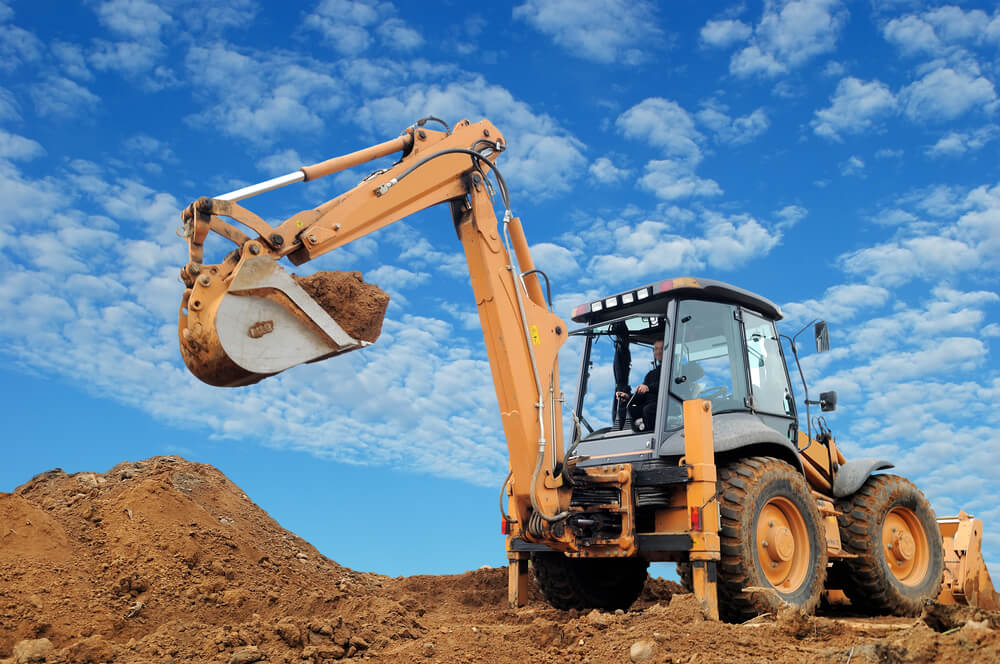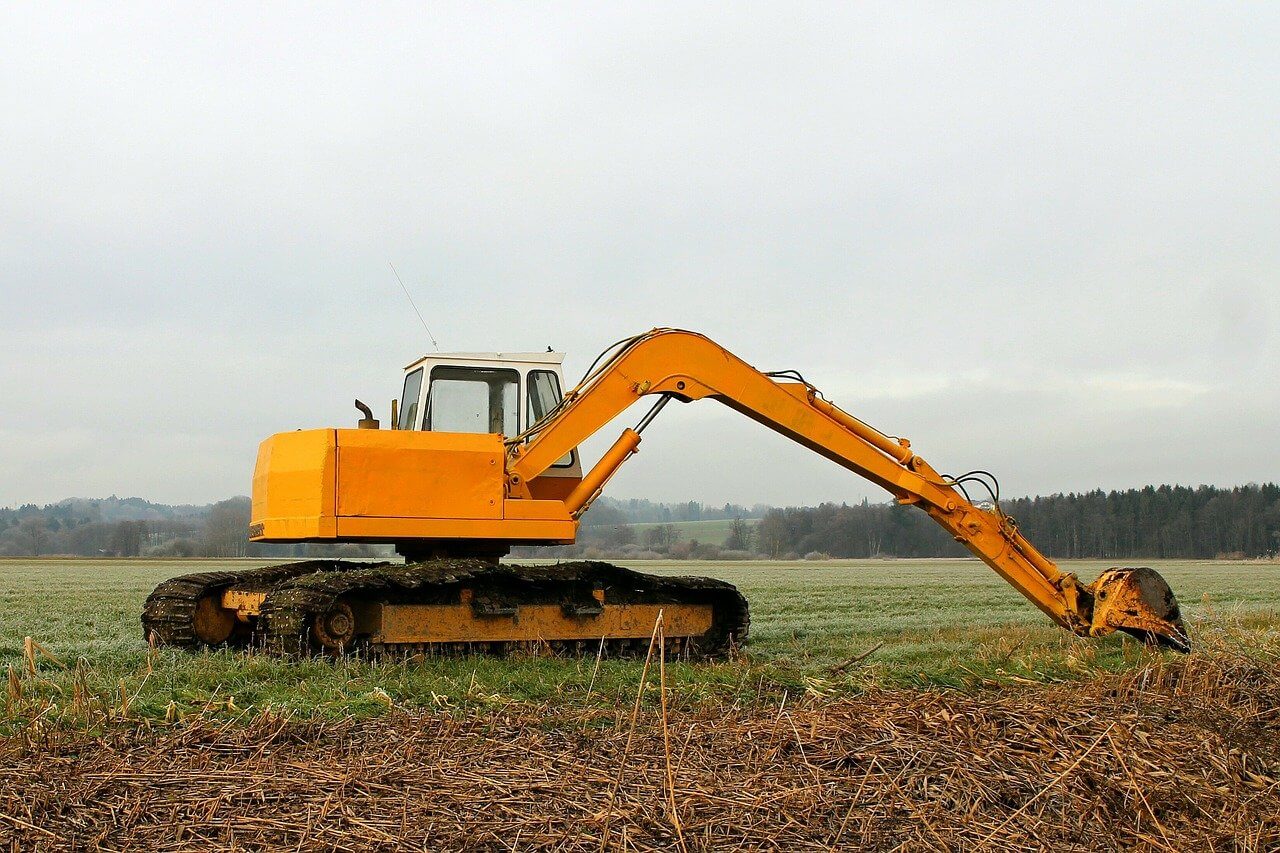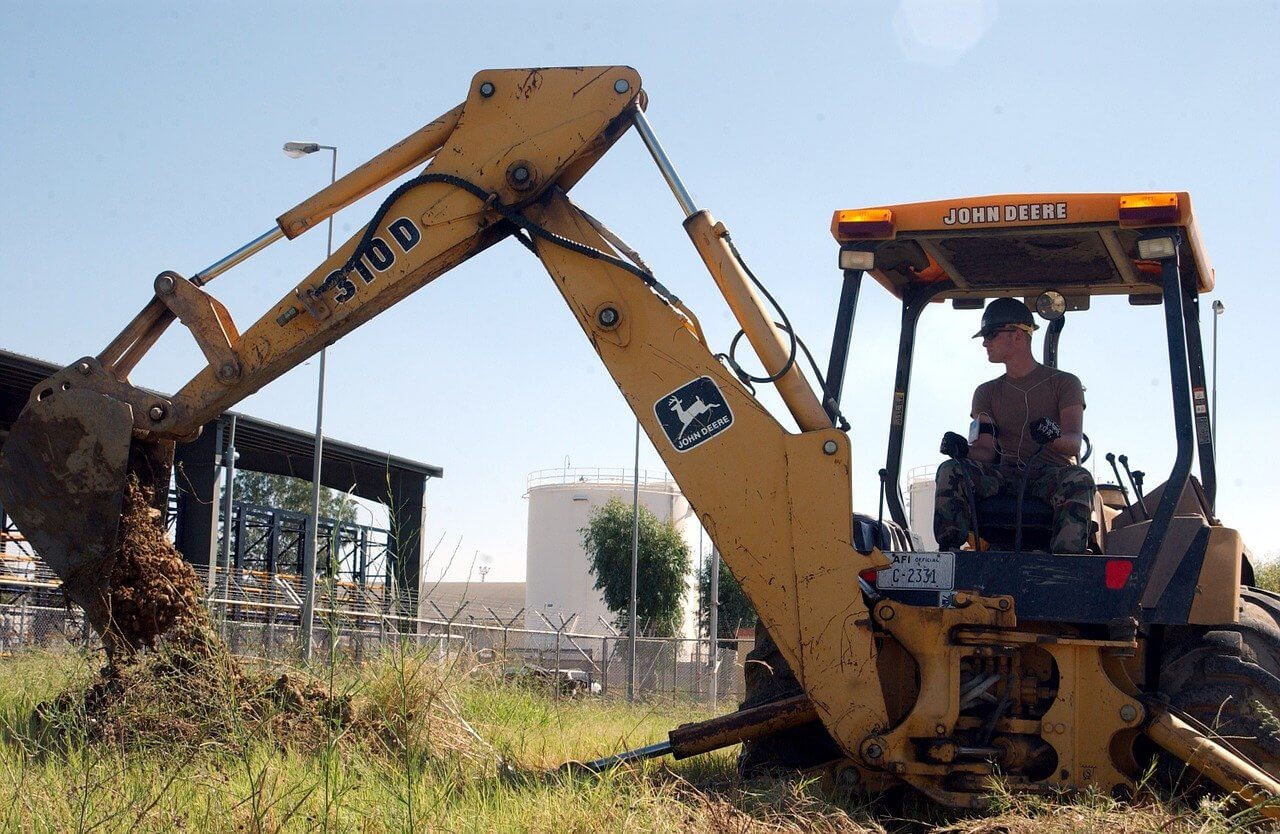There are many similarities between backhoes and excavators, but there are also three very important differences, each of which determine the suitability of a given machine for a given project. In this article, we compare backhoes and excavators and provide sound advice on making a good choice in machinery to complete your project. Read on to learn more on what is the difference between a backhoe and an excavator.
What You'll Learn Today
3 Big Differences Between Backhoes And Excavators

1. The Size Of The Machine
Backhoes and excavators differ greatly in size. An excavator is a large, heavy machine. A backhoe tends to be smaller, lighter and more nimble.
What Can An Excavator Do?
You can use an excavator for heavy duty, industrial jobs, such as:
- Demolition projects
- Drilling shafts
- Rock blasting
- Driving piles
- Mining
In addition to digging, an excavator can perform a number of tasks using a variety of attachments. For example, an excavator may be used in forestry projects with the addition of brush cutting attachments.
What Does A Backhoe Do?
Backhoes, on the other hand are light and adaptable and better suited to tasks such as:
- Medium-scale construction
- Medium-scale excavation
- Snow removal
- Loading
All of these capabilities and more make the backhoe a very suitable piece of machinery to have on the farm.
2. The Machine’s Versatility
Both excavators and backhoes can be fitted with a wide variety of attachments for greater versatility, but of the two machines, a backhoe can perform a larger number of tasks. You can also drive your backhoe on the public roads, so it’s easier to get a backhoe from one jobsite to another.
3. The Machine’s Rotation Range
The rotation range of a backhoe is quite different than that of an excavator. This makes a big difference to the operator. With an excavator, the operator is able to rotate the machine chassis and arm a full 360 degrees. Because of this, an excavator is sometimes simply called a “360”.
With a backhoe, the operator is only able to rotate the arm approximately 200 degrees.
What Does A Backhoe Look Like?

Backhoes are smallish excavation machines made of an average tractor base equipped with a jointed arm which supports a digging bucket on the front. The machine is called a backhoe because the bucket is used to pull dirt and other materials back before lifting and moving them.
On the backside of the machine, a front loader attachment is often added. Although the machine arm can only rotate 200 degrees, the operator’s seat is able to swivel a full 360 degrees so that she or he can easily see and operate the implement in use.
The portion of the backhoe’s arm that connects with the tractor is known as the “boom”. The part that secures the digger bucket is known as the “dipper” or the “dipper stick”. There is also a pivot connecting the boom with the dipper which is known as the “king post”.
The dipper stick can sometimes be utilized as a crane. You would do this by attaching sturdy straps to the object you want to lift, looping them around the dipper stick and securing them.
There are lots of different attachments that can be used with a backhoe, including:
- Hammers
- Breakers
- Rippers
- Rakes
- Drills
Additionally, the front loader can be removed, and a different implement can be put in its place. These include:
- Forklift
- Broom
- Plow
The ability to change out attachments and implements makes backhoes extremely versatile.
What Does An Excavator Look Like?

In many ways, an excavator looks quite a bit like a backhoe. This machine also has a chassis, boom, digging bucket and dipper. An excavator may run on wheels or on tracks. An excavator that runs on tracks may be called a “track hoe”.
While the basis of a backhoe is usually a traditional tractor, an excavator is usually based on a machine that is built specifically to use the digging arm. This means that it is able to perform heavier tasks.
Excavators are typically equipped with dozer blades which are placed opposite to the digging arm. Because digging is the specialty of excavators, you may also hear them referred to as “mechanical shovels” or simply “diggers“.
How Do You Choose Between A Backhoe And An Excavator?

When you are planning your project, keep these 3 questions in mind:
1. How big is your project?
Match the size of machinery to the size of the project. If you are doing a small-to-medium sized personal construction job, you are unlikely to need an excavator. If you are demolishing a large building or involved in large scale excavation or construction, you should choose an excavator.
2. Can you get there from here?
If you are working in a tight spot or have a distance to travel over public roads, a backhoe is a better choice. A relatively small, nimble, versatile backhoe can travel down narrow tracks and operate in smaller spaces. Additionally, you can drive it on the roadway at speeds as great as 25 MPH.
3. What do you need to do?
There are some tasks that can be done by either an excavator or a backhoe, but there are others that are specific to one type of equipment or another. Consider the tasks at hand carefully and realistically to determine exactly which machine you need to complete your project successfully.
Consult An Expert
If you really are unsure what sort of equipment you will need to finish your project without mishap or mayhem, talk with a professional in the heavy equipment field.
Speaking with reps at rental companies may be helpful, but you will probably get more straightforward information talking with a contractor or the head of a construction crew or construction company.
Whatever you do, be sure that you know how to operate the equipment you decide upon before you set out.
It is not hard to notice that their back areas are definitely different.